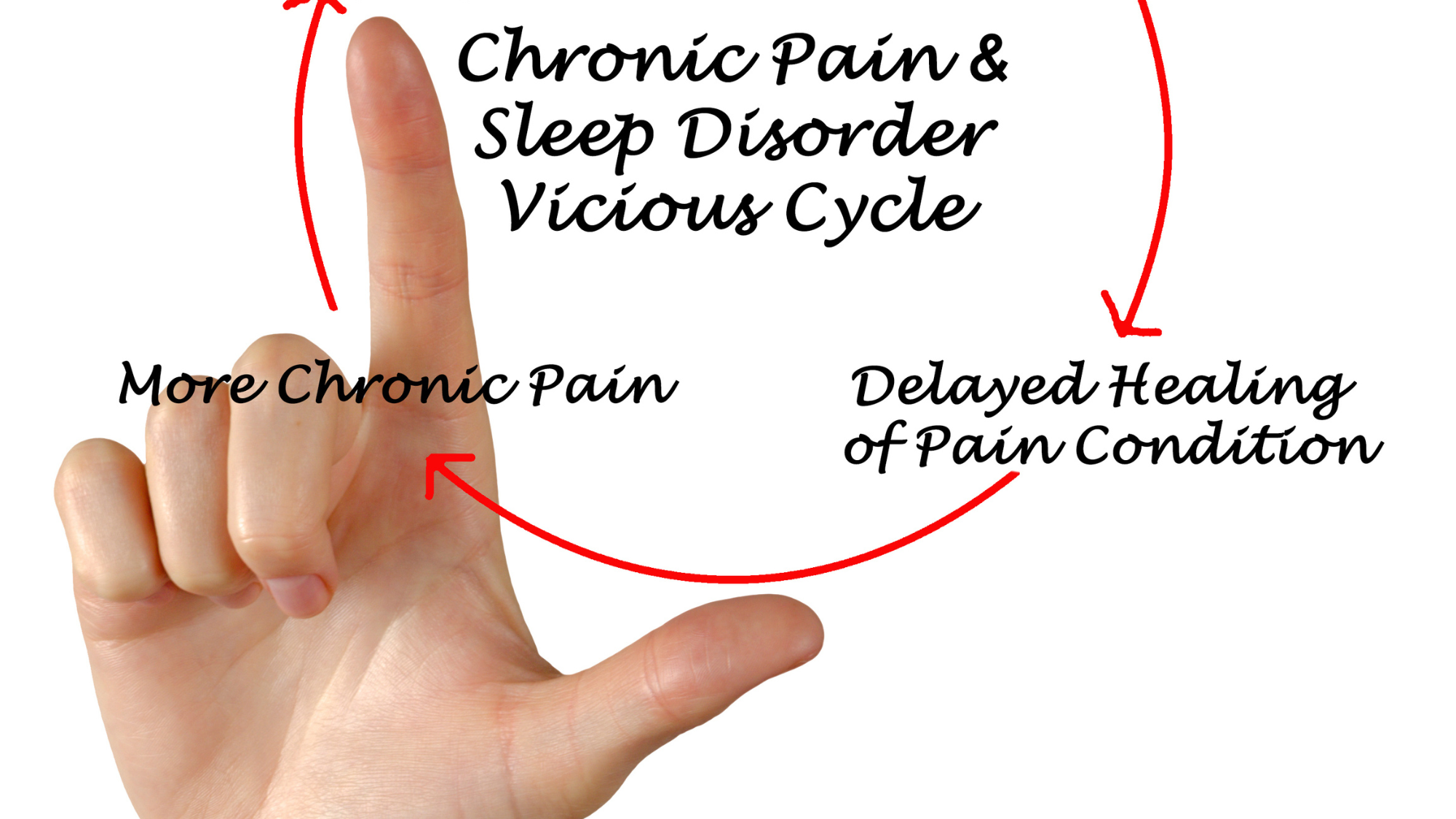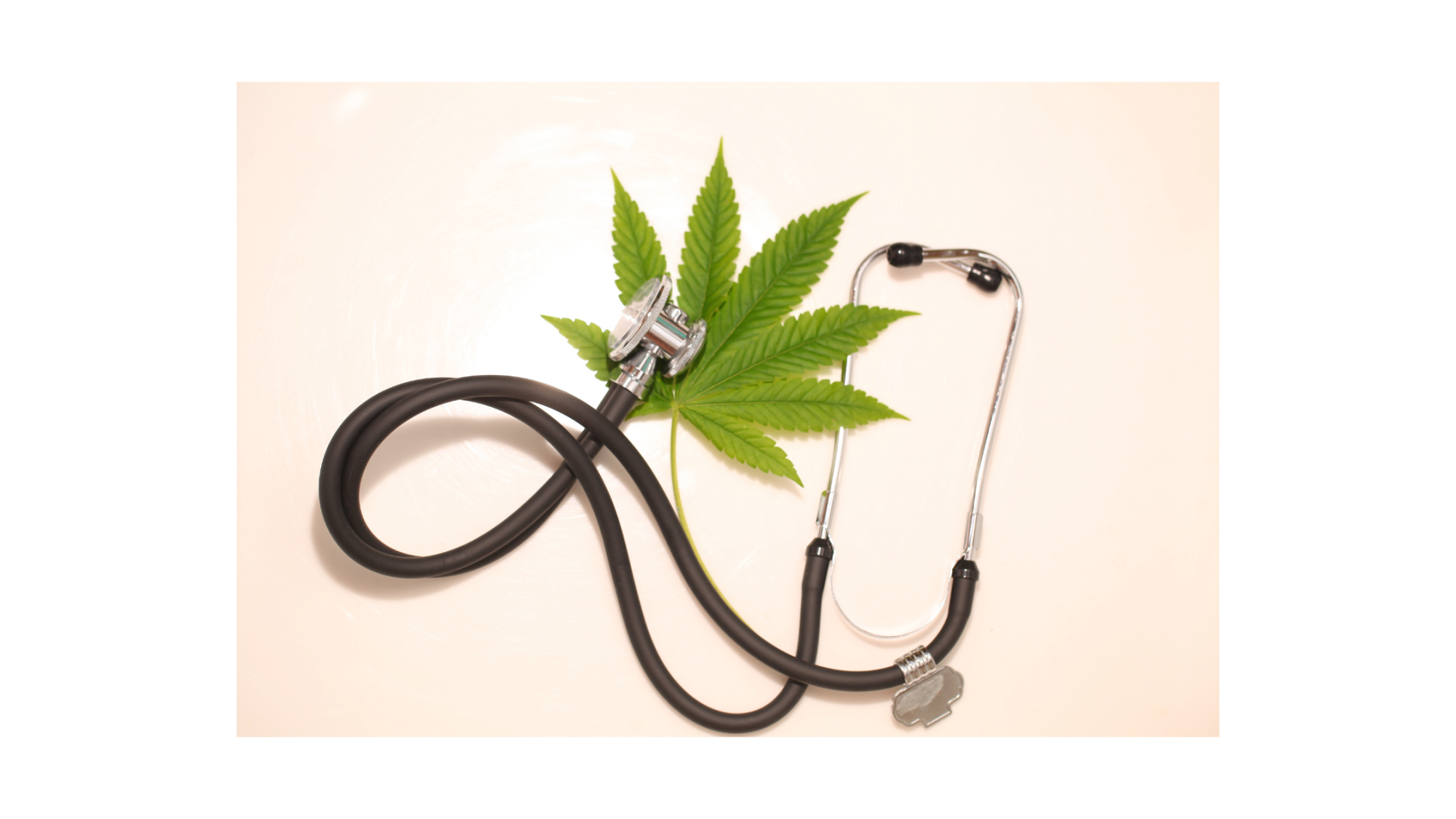
What is chronic pain exactly?
Chronic pain is pain that has existed for longer than 8 weeks. Chronic pain affects about 20% of adults in the US alone which amounts to about 50 million people. In states that have approved cannabis for medical use, chronic pain is one of the qualifying diagnoses. There are 2 types of chronic pain - somatic (which is musculoskeletal) and neuropathic (which is related to nerves).

The history of cannabis and its use in chronic pain relief
Cannabis has been used for centuries for joint pain, migraine headaches and neuropathic pain and many other types of chronic pain. Our ancestors knew there was value in using cannabis for these issues and modern science backs it up with the discovery of the endocannabinoid system (ECS) about 20 years ago. A lot of chronic pain is actually an inflammatory condition and the ECS along with cannabis helps control inflammation. From Culpeper’s Complete Herbal: A book of Natural Remedies for Ancient Ills, 1653, “The cannabis root eases the pains of the gout, the hard humours of knots in the joints and the pain of hips”.

Conventional approaches to the Management of Chronic Pain
OTC medications like Tylenol (acetaminophen) and Advil or Aleve or Naproxen ( NSAIDs) are the most common recommendations for the management of chronic pain. However, using more than 3 gms daily of Tylenol can damage the liver and using NSAIDs can lead to stomach issues like ulcer or kidney damage or high blood pressure.
The other option for pain management are opioids. For years opioids have been prescribed much to the detriment of the patient. They work on somatic pain but not so well on neuropathic pain, but they lead to dependency and addiction. We are currently in an opioid epidemic that has affected millions of lives leading to addiction, overdose and death. In 2019, 49860 people succumbed to opioid overdose. For folks who haven’t had an addiction problem, they may struggle with side effects such as constipation, mental brain fog, nausea, vomiting, breathing problems and dizziness. In 2019, 9 million people ages 12 and older misused prescription opioid drugs.
In an attempt to change the trajectory providers started prescribing tricyclic antidepressants, anticonvulsants and medications for anxiety but all without relief or without getting to the source of the pain which is usually inflammation. And of course, these medications come with a host of side effects like dizziness, cardiac problems, nausea, constipation, weight gain, insomnia and fatigue.

How cannabis works to relieve chronic pain
THC is a pain-relieving psychoactive cannabinoid that reduces signals being sent to the brain, thereby reducing our perception of discomfort. Unlike opiates, which block pain receptors and create dependency through receptor upregulation (which means the process of increasing the response to a stimulus), THC modifies the spine’s signaling pathways to improve tolerability of pain rather than its actual intensity.
Among its many functions, THC is also effective in reducing inflammation. It does this by activating CB2 receptors that live on the immune system's pro-inflammatory cells. When THC binds to these cells, it inhibits cytokine-mediated recruitment of lymphocytes. Studies have shown that, in the case of arthritis, inflammation improves at baseline and during flare-ups and actually slows long-term disease progression. This is just one more way in which THC can be an effective tool in the fight against a variety of diseases and conditions.

The benefits of using cannabis over traditional medications
Although cannabis has been used for centuries to treat various medical conditions, its use has been largely overshadowed by criminalization and traditional medication. However, recent studies have begun to explore the potential benefits of using cannabis as a treatment option. One of the major advantages of using cannabis is that it is relatively safe, with few serious side effects. Additionally, cannabis is effective in treating a wide variety of conditions, including pain, inflammation, anxiety, and seizures. Moreover, cannabis is generally non-addictive and rarely interacts negatively with other medications. As a result, it represents a promising alternative for patients who are looking for an effective and safe treatment option.

The risks and side effects of using cannabis for chronic pain relief
Though cannabis has been used for millennia to treat various forms of chronic pain, its use remains controversial. Some worry about the risks and side effects of using cannabis for chronic pain relief, especially in light of the current opioid crisis. However, a growing body of evidence suggests that cannabis may provide a safe and effective alternative to opioids. In one study, patients who used cannabis for chronic pain reported a 64% reduction in their use of opioids. Other research has shown that cannabis can help to reduce inflammation and relieve neuropathic pain. Though more research is needed, these studies suggest that cannabis may be a promising treatment for chronic pain.

How to find the right strain and dosage of cannabis for you
There are many factors to consider when choosing the right cannabis strain and dosage for you. The first thing to keep in mind is the reason why you are using cannabis. Are you looking for relief from pain? Different strains will produce different effects. It really comes down to the terpenes in the chemovars available. Looking for chemovars with beta caryophylline is great for addressing pain issues. Also choosing CBD or any of the many other constituents in CBD and cannabis like CBDa, CBC, CBN & THCV will certainly address inflammation and pain.
The next step is to consider your preferred method of ingestion. Cannabis can be consumed in many ways, including smoking, vaporizing, and consuming edibles. Each method will produce different effects, so it is important to choose the one that best suits your needs. For example, smoking or vaporizing provides quick relief from symptoms, while edibles take longer to take effect but offer longer-lasting relief.
Finally, it is important to start with a low dose and increase gradually as needed. This will help you find the perfect balance of efficacy and side effects. Everyone’s body responds to cannabis differently, so it is important to experiment until you find what works best for you. With a little trial and error, you can find the perfect strain and dosage of cannabis for your specific needs.
Tips for using cannabis safely and effectively to manage chronic pain
When used correctly, cannabis can be an effective way to manage chronic pain. Here are a few tips to help you use it safely and effectively:
- Start with a low dose. It can take a while for cannabis to take effect, so it’s important to start with a low dose and increase gradually as needed.
- Be patient. Don’t expect immediate relief from pain. It may take a few days or weeks of consistent use before you notice any effects.
- Pay attention to side effects. Cannabis can cause some side effects, including dizziness, dry mouth, and fatigue. If you experience any of these, reduce your dose or stop using it altogether.
- Choose the right delivery method. There are many ways to consume cannabis, including smoking, vaporizing, edibles, and topicals. Find the method that works best for you and is most comfortable to use.
- Talk to your provider. But unfortunately, most providers do not have an understanding of cannabis. If you would like a cannabis coach then look no further. As a medical provider, I completely understand this topic and can guide you in the direction you need to go.
Before you go, grab my free Terpenes Guide right here!





